Was our universe born from the one before it? Neil Turok and Steffen Gielen explore the “big bounce” in the latest edition of Physical Review Letters.


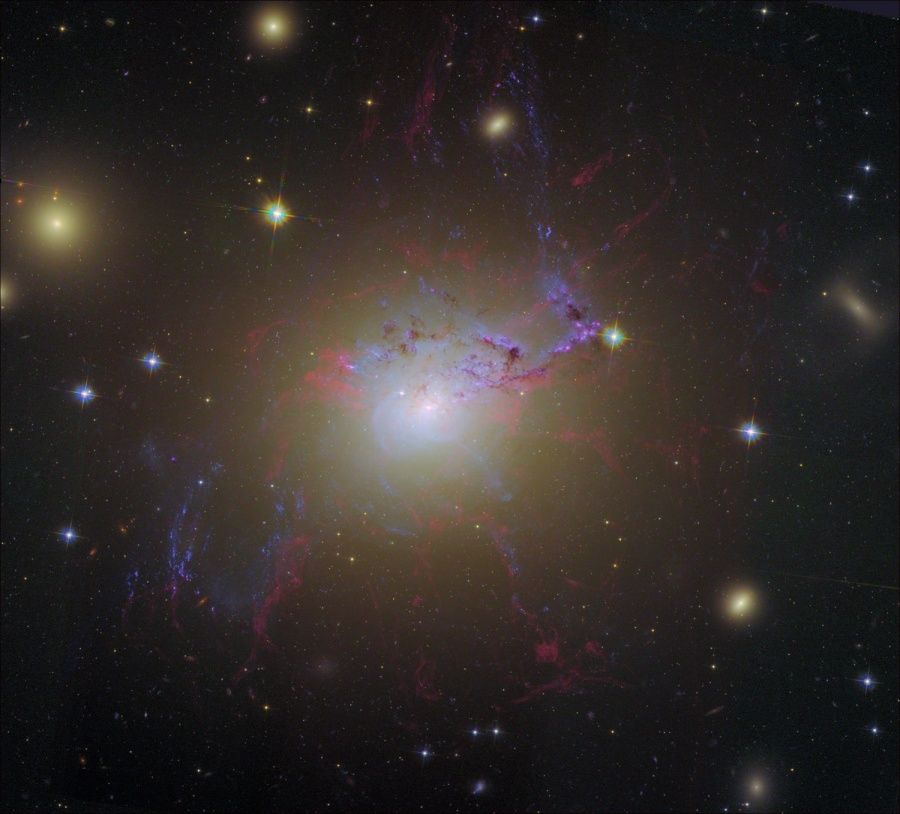
Data from a now-defunct X-ray satellite is providing new insights into the complex tug-of-war between galaxies, the hot plasma that surrounds them, and the giant black holes that lurk in their centres.
Launched from Japan on February 17, 2016, the Japanese space agency (JAXA) Hitomi X-ray Observatory functioned for just over a month before contact was lost and the craft disintegrated. But the data obtained during those few weeks was enough to paint a startling new picture of the dynamic forces at work within galaxies.
New research, published in the journal Nature today, reveals data that shows just how important the giant black holes in galactic centres are to the evolution of the galaxies as a whole.

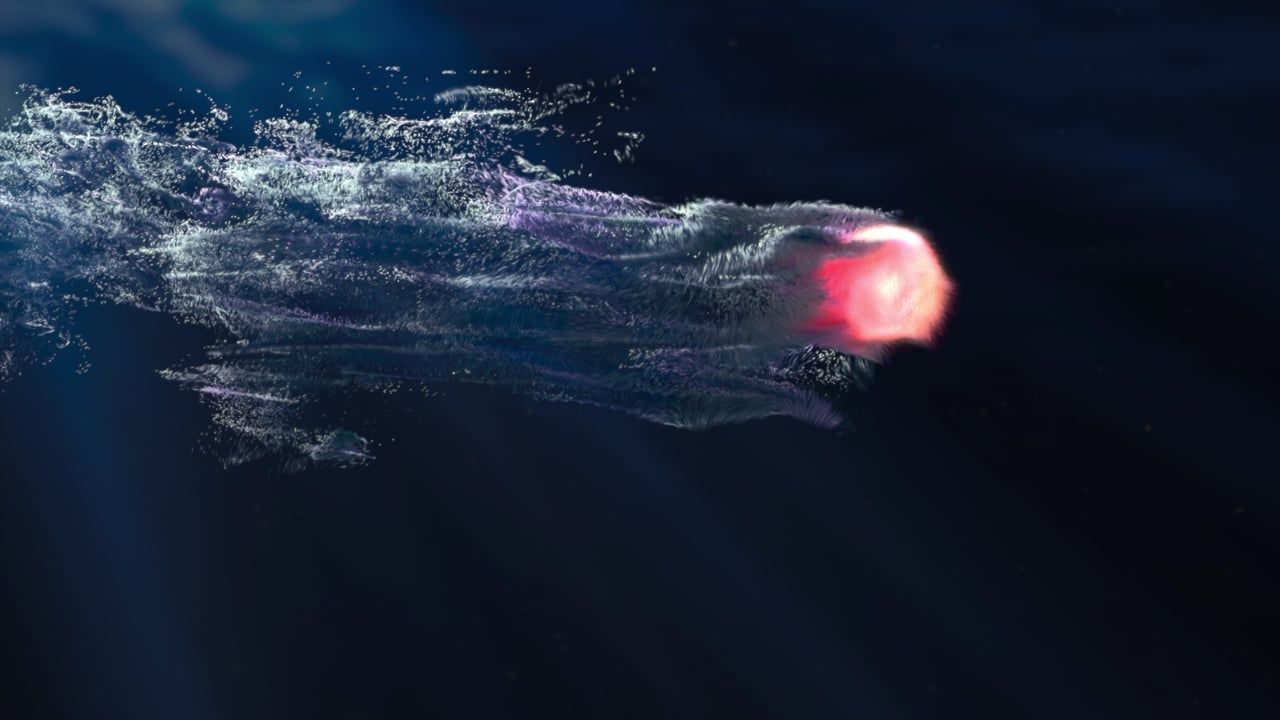
Not only could they transform quantum computing, they’re a candidate for dark matter.
A team of Chinese physicists from Shanghai’s Jiaotong University have proof beyond a reasonable doubt of the existence of the Majorana fermion — a special particle that could potentially revolutionize quantum computing.
“The search for this particle is for condensed-matter physicists what the Higgs boson search was for high-energy particle physicists,” said Leonid Rokhinson, an associate professor of physics at Purdue University, who was the first to detect the signature of the fermion in 2012 but was not involved in this study, in a 2012 press release. “It is a very peculiar object because it is a fermion yet it is its own antiparticle with zero mass and zero charge.”
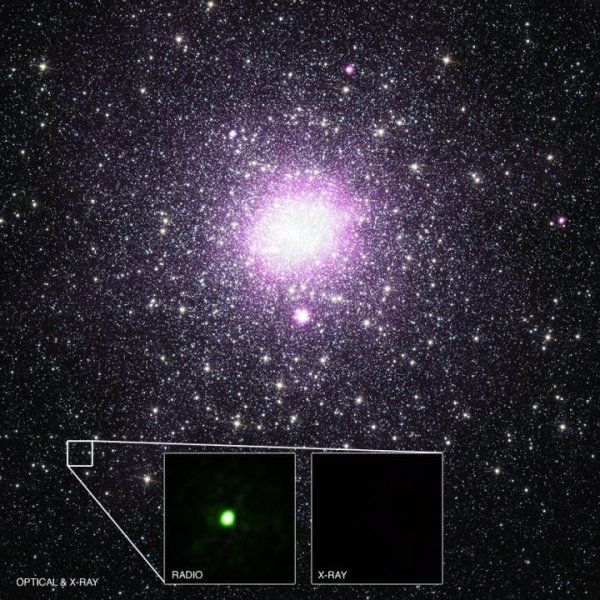
Astronomers have combined data from NASA’s Chandra X-ray Observatory, the Hubble Space Telescope and the National Science Foundation’s Karl G. Jansky Very Large Array (VLA) to conclude that a peculiar source of radio waves thought to be a distant galaxy is actually a nearby binary star system containing a low-mass star and a black hole. This identification suggests there may be a vast number of black holes in our Galaxy that have gone unnoticed until now.
For about two decades, astronomers have known about an object called VLA J213002.08+120904 (VLA J2130+12 for short). Although it is close to the line of sight to the globular cluster M15, most astronomers had thought that this source of bright radio waves was probably a distant galaxy.
Thanks to recent distance measurements with an international network of radio telescopes, including the EVN (European Very Long Baseline Interferometry Network) telescopes, the NSF’s Green Bank Telescope and Arecibo Observatory, astronomers realized that VLA J2130+12 is at a distance of 7,200 light years, showing that it is well within our own Milky Way galaxy and about five times closer than M15. A deep image from Chandra reveals it can only be giving off a very small amount of X-rays, while recent VLA data indicates the source remains bright in radio waves.
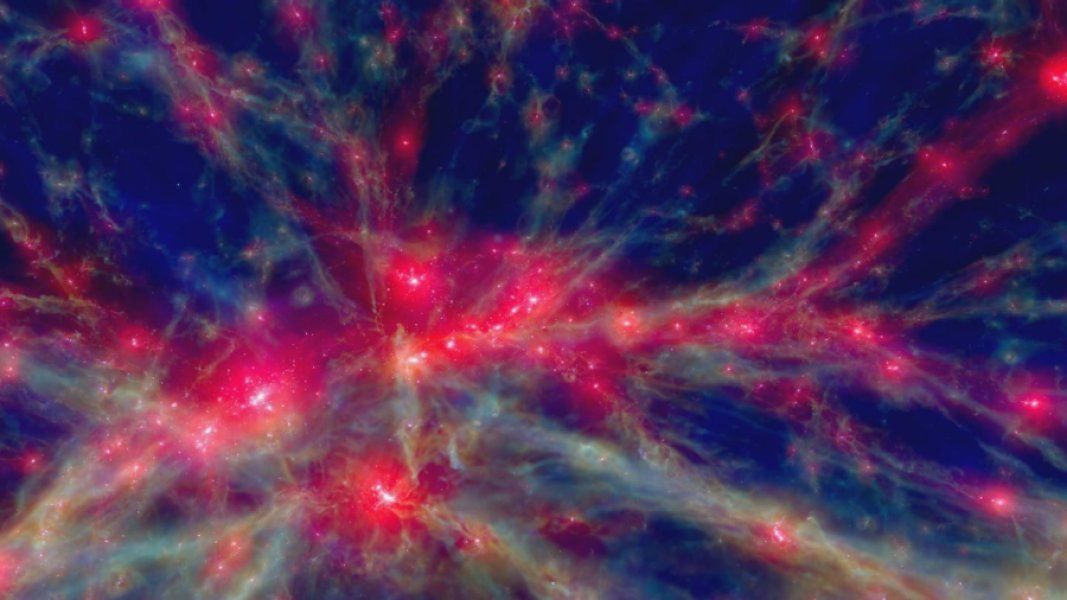
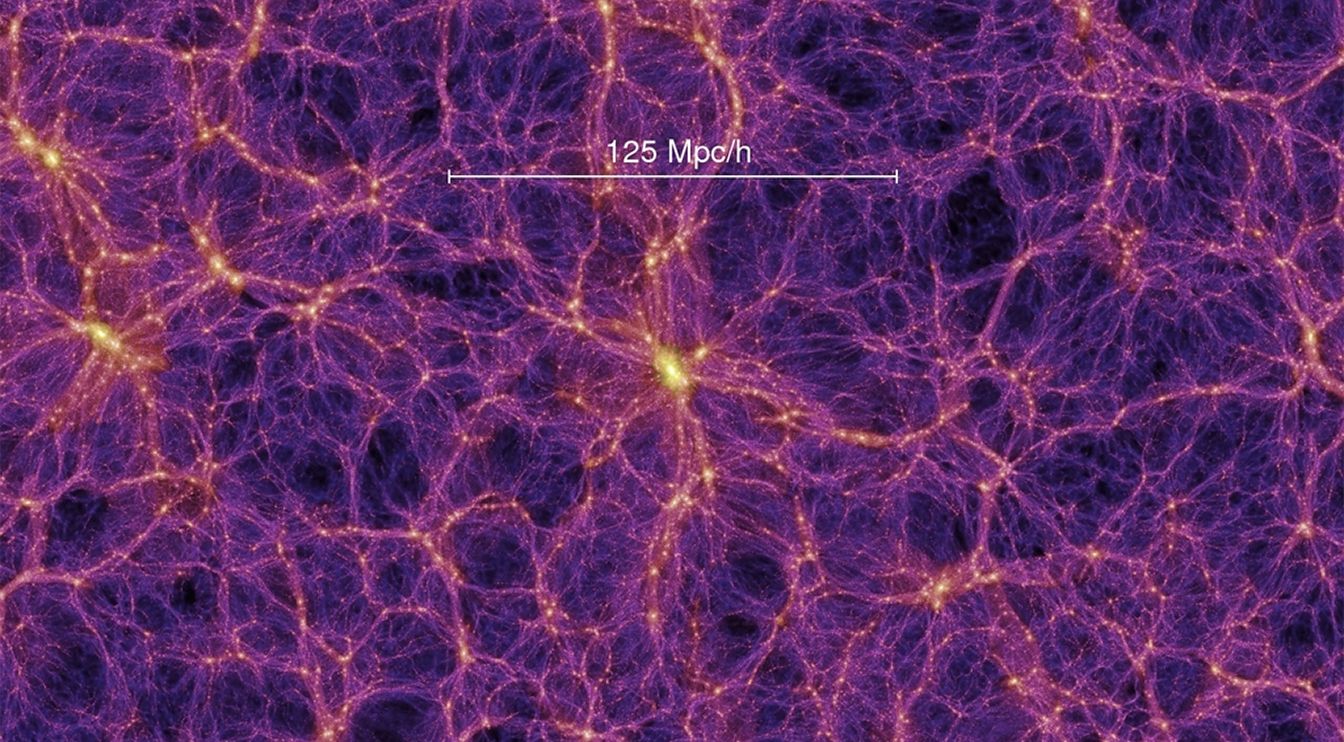

A new study published in Nature presents one of the most complete models of matter in the universe and predicts hundreds of massive black hole mergers each year observable with the second generation of gravitational wave detectors.
The model anticipated the massive black holes observed by the Laser Interferometer Gravitational-wave Observatory. The two colliding masses created the first directly detected gravitational waves and confirmed Einstein’s general theory of relativity.
“The universe isn’t the same everywhere,” said Richard O’Shaughnessy, assistant professor in RIT’s School of Mathematical Sciences, and co-author of the study led by Krzysztof Belczynski from Warsaw University. “Some places produce many more binary black holes than others. Our study takes these differences into careful account.”
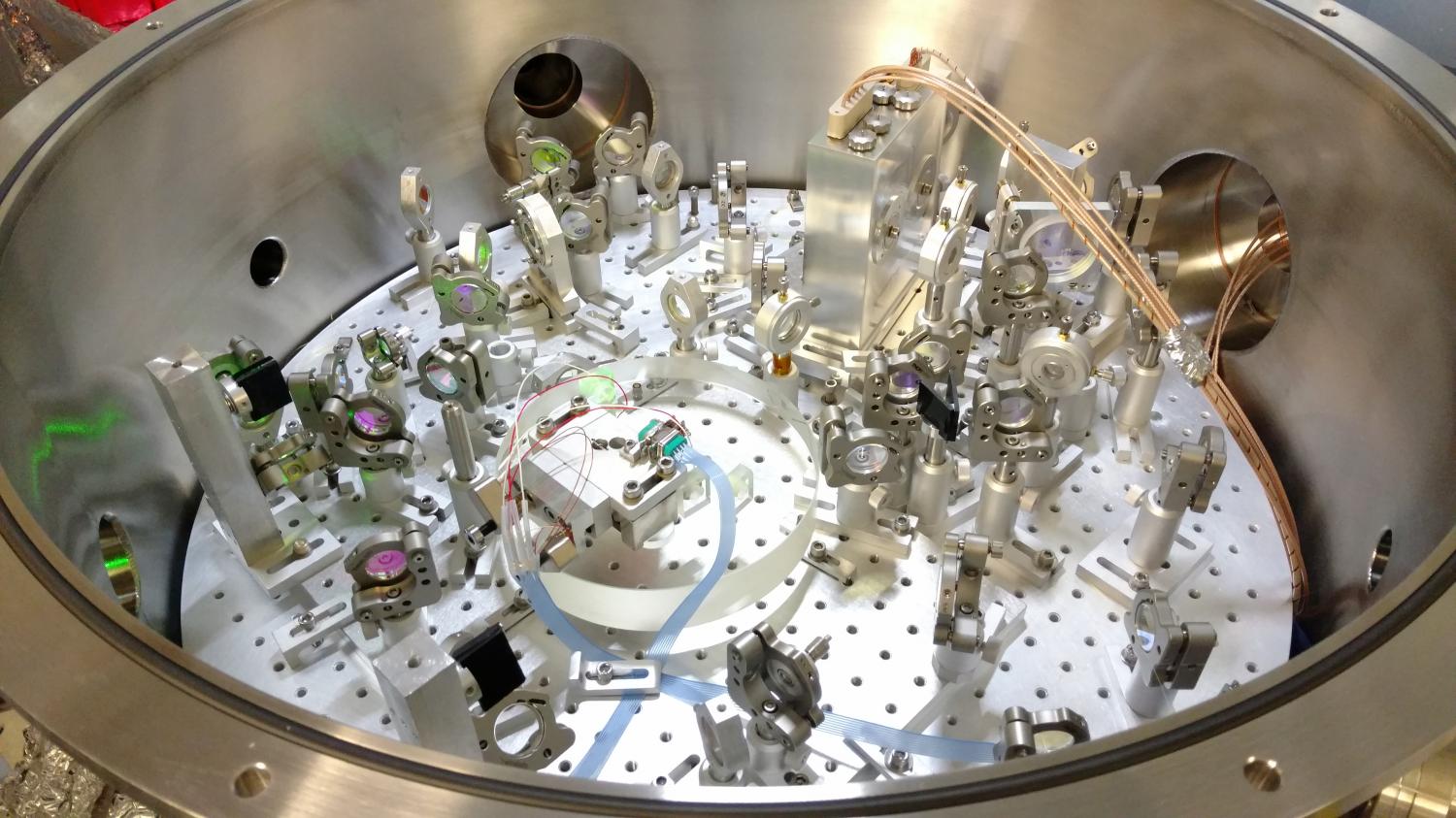
Researchers from the Massachusetts Institute of Technology (MIT) and Australian National University have developed new technology that aims to make the Advanced Laser Interferometer Gravitational-Wave Observatory (LIGO) even more sensitive to faint ripples in space-time called gravitational waves.
Scientists at Advanced LIGO announced the first-ever observation of gravitational waves earlier this year, a century after Albert Einstein predicted their existence in his general theory of relativity. Studying gravitational waves can reveal important information about cataclysmic astrophysical events involving black holes and neutron stars.
In The Optica l Society’s journal for high impact research, Optica, the researchers report on improvements to what is called a squeezed vacuum source. Although not part of the original Advanced LIGO design, injecting the new squeezed vacuum source into the LIGO detector could help double its sensitivity. This would allow detection of gravitational waves that are far weaker or that originate from farther away than is possible now.

Dr Alexander Tchekhovskoy from the University of California, Berkeley and Dr Omer Bromberg from Hebrew University came up with a simulation demonstrating the powerful jets generated by supermassive black holes at the centres of the largest galaxies.
The simulation explains why some black holes burst forth as bright beacons visible across the universe, while others fall apart and never pierce the halo of the galaxy.
One tenth of all galaxies with active nuclei, presumed to have supermassive black holes, have jets of gas spurting in opposite directions from the core.